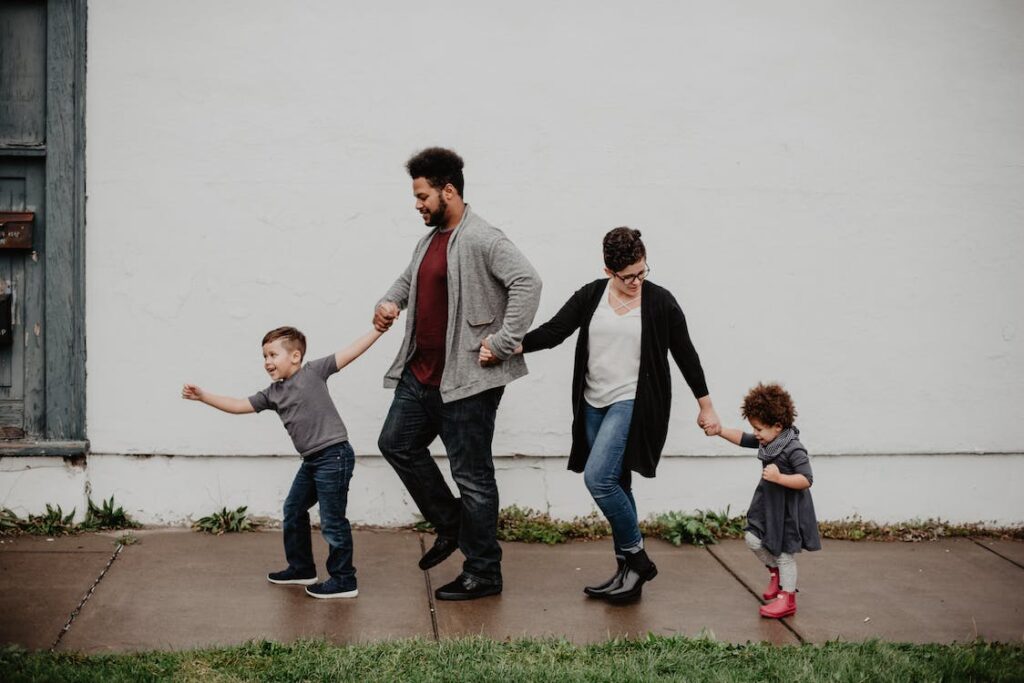Loss of Consortium is the loss that the surviving spouse, parent or child suffers after their loved one is injured in an accident or loses his or her life. In other words, it is not their own injury but how they are injured because of the other person’s injury. Typically, the injury of the other person who was in the auto accident, for example, is a very severe injury and their family members are making a claim due to the fact that the relationship between the injured party in the car accident and the family member–who was not in the car accident–was affected.
Example of Loss of Consortium
A good example of this scenario would be your recent accident that we handled. Two vehicles collided with each other head-on in Willcox, Arizona. It was estimated that both vehicles were traveling at 70 miles per hour at the time that they collided with each other. The occupants of both vehicles had broken hips and multiple broken bones throughout their bodies. One of the passengers lost their eyesight and many had head injuries. All of the victims of this accident were taken to the hospital via hospital. The children of these accident victims made claims for loss of consortium because their parents could no longer participate with them in sports or other school activities. The lives of these families were changed with the collision including the relationship between the victims and their families.

Who Can Claim Loss of Consortium?
Spouses, parents and children of victims of accidents can all claim loss of consortium as a result of the loss of the relationship between accident victim and themselves. They should be named in the lawsuit to make it clear that they are also making a claim for losses.

Loss of Consortium is a Derivative Claim
In Arizona, the law is clear that there is one limit available for each bodily injury claim, together with any derivative claims. A loss of consortium claim is not a separate claim for purposes of insurance coverage. In Campbell v. Farmers Ins., 155 Ariz. 102, 745 P.2d 160 (1987), the issue was the interpretation of “each person/each accident” limitations in a UIM claim with 100/300 coverage. It was a wrongful death with three statutory claimants. The three claimants argued they were entitled to the full $300,000 – $100,000 each. The Court held that there was only one bodily injury (death), so the only limit available was the $100,000.
Similar analysis was applied in Stillman v. American Family, 162 Ariz. 594, 785 P.2d 114 (1990). In that case, the injured person’s parents asserted loss of consortium claims, arguing that their claims were compensable under additional “per person” limits. Again the coverage was 100/300. The Court held that there is only one available limit (the first $100,000 of the policy) for the bodily injury claim and all derivative claims, including those of the parents.
A loss of consortium claim is a claim derivative to the bodily injury claim. Therefore there is only one limit that applies to the bodily injury claim and any loss of consortium claim.
